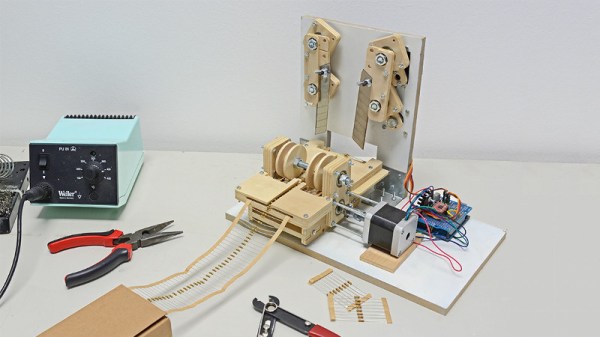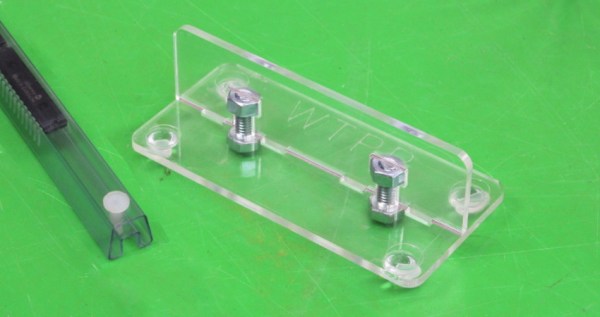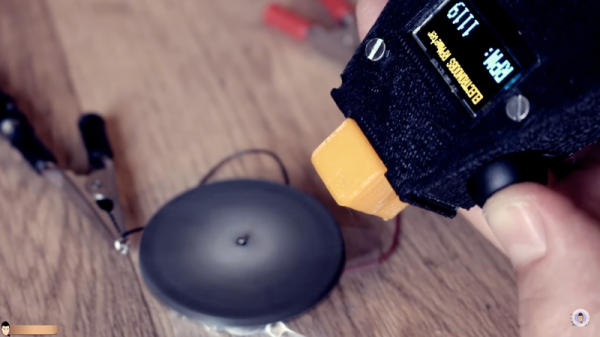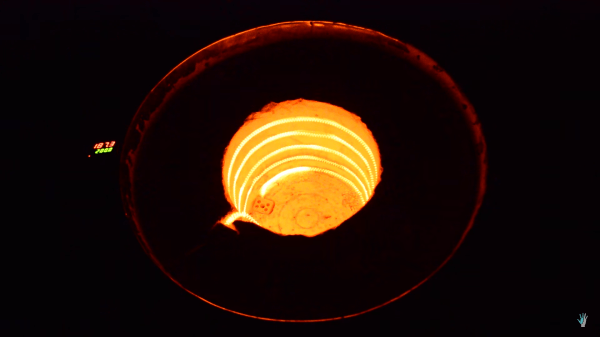When life hands you the world’s smallest chainsaw, what’s there to do except make it even more ridiculous? That’s what [JohnnyQ90] did when he heavily modified a mini-electric chainsaw with a powerful RC car engine.
The saw in question, a Bosch EasyCut with “Nanoblade technology,” can only be defined as a chainsaw in the loosest of senses. It’s a cordless tool intended for light pruning and the like, and desperately in need of the [Tim the Toolman Taylor] treatment. The transmogrification began with a teardown of the drivetrain and addition of a custom centrifugal clutch for the 1.44-cc nitro RC car engine. The engine needed a custom base to mount it inside the case, and the original PCB made the perfect template. The original case lost a lot of weight to the bandsaw and Dremel, a cooling fan was 3D-printed, and a fascinatingly complex throttle linkage tied everything together. With a fuel tank hiding in the new 3D-printed handle, the whole thing looks like it was always supposed to have this engine. The third video below shows it in action; unfortunately, with the engine rotating the wrong direction and no room for an idler gear, [JohnnyQ90] had to settle for flipping the bar upside down to get it to cut. But with some hacks it’s the journey that interests us more than the destination.
This isn’t [JohnnyQ90]’s first nitro rodeo — he’s done nitro conversions on a cordless drill and a Dremel before. You should also check out his micro Tesla turbine, too, especially if you appreciate fine machining.
Continue reading “Micro Chainsaw Gets A Much Needed Nitro Power Boost”
















